Our Architectural Heritage
As with all communities, the evolutionary changes that have occurred in Cavenham during the past two hundred years have been immense. With new owners of the Cavenham Estate, came new buildings and the destruction of others that became uneconomical to maintain.
In this section, we see a few of the demolished properties from the twentieth century that were captured on photograph before their destruction. Many others from the 1904 O.S. map have sadly gone, leaving no visual trace.
The fact that many properties were replaced, is an indication that the Cavenham Estate was a prosperous one and continued modernisation was both affordable and justified.
Sadly for those residents of Cavenham at the start of the 21st century, so much of our architectural heritage has been lost. But a few noteworthy buildings have survived.
Those properties now seen as the epitome of the rural idyll were then no more than rural slums, often dark, damp and overcrowded, with no modern conveniences, their inhabitants surely welcomed the construction of the new homes built in Cavenham at the start of the 19th century.
Together with the construction of new agricultural buildings and the introduction of new machinery and farming techniques, this period must surely have been regarded as the heyday in Cavenhams long history.
Cavenham Hall
The first building was no doubt a timber-framed dwelling possibly constructed during the Tudor times. The first pictorial indication of a house in Cavenham Park is found on a map of 1736 by John Kirby, with the area of land marked ‘Johnson Esq.’ With the house starting to fall into a state of disrepair after just fifty years, Cavenham Hall was demolished for reclamation in 1949. Read a more detailed history of the Hall click here
Cavenham Mill
A white brick Victorian facade hides a much earlier building of flint and red brick in the house once occupied by the Miller.
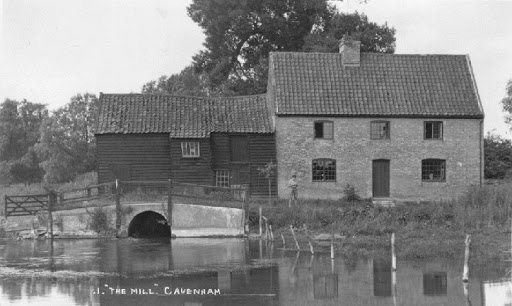
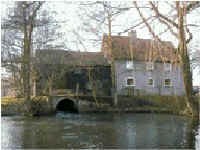
The attached timber clad and Grade 2 listed Water Mill retains much of its original workings but has not been in commercial use since 1938. The watermill discontinued working in 1934, damaged by fire and was rebuilt with original bricks. The track in front once lead to Lackford and Bury St. Edmunds.
Hall Farm
Possibly of 17th-century origin, this heavily altered timber-framed farmhouse, once known as Church Farm then later Hall Farm, was converted into two houses in the early 1900s in a style to resemble other houses being built at that time.
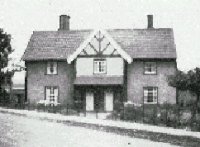
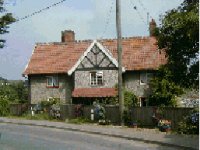
Ivy Cottage
Built in 1908, on the site of an older house, for the head carpenter on the Cavenham Estate with a workshop to the side. Today the property is privately owned.
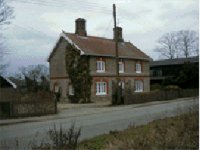
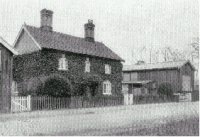
Lilac Cottage
One half of an early 19th-century ‘flint and brick’ pair of cottages. Later extended into four dwellings and now once again two. Previously inhabited by Gamekeepers, both cottages are now in private hands.
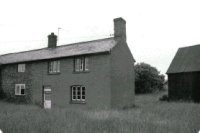
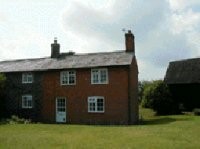
No 3 The Street
An 18th-century cottage built from ‘clay lump’, with a thatched roof. Clay and straw mixtures were moulded in wooden frames into large oblong blocks and allowed to dry naturally for up to a month. These were laid in courses with clay mortar between them and the finished walls were given a protective rendering of lime-plaster. This building technique was generally confined to East Anglia. This cottage was thought to still be in good condition when it was demolished in the mid-1950s.
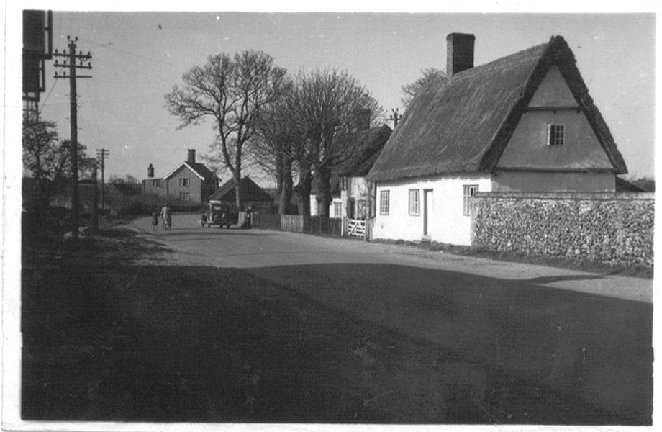
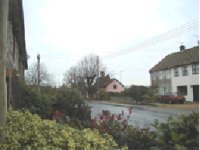
No’s 11, 13 and 15 The Street
A 17th century, timber-framed and originally thatched Farmhouse.
Extended on the north side and rear, this house is now divided into three properties. The large inglenook fireplace on the north side has been partly constructed of limestone, possibly from the Abbey ruins in Bury St. Edmunds. All the properties were completely renovated in the late 1980s and are now all privately owned.
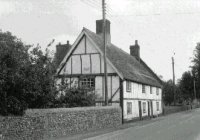
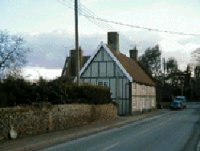
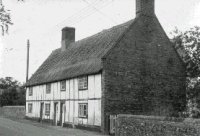
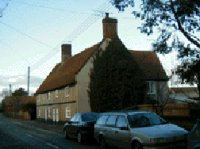
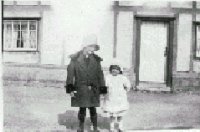
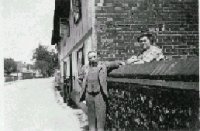
No 20 The Street
Probably 17th century in origin, this timber-framed cottage was demolished in the 1970s, together with the brick-built house attached to it. Today a new garage belonging to Waratah House takes its place together with the brick-built house attached.
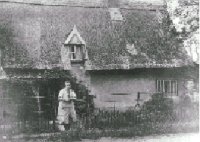
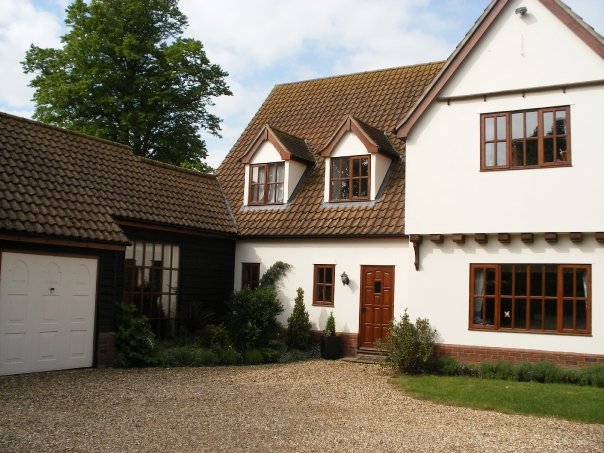
No 19 and 21 The Street
A pair of architect-designed 20th Century cottages, with imitation stud work to the upper floor with roughcast of dashed flint in between. The ground floor is built of Flemish bonded brick, as are the Tudor style chimney stacks, with a distinctive pantile roof. Four detached cottages were also built and others renovated in the same period and in a similar style.
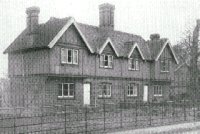
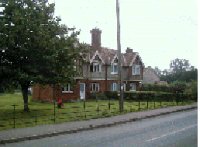
Park Cottage
Built in 1898 for the Head Coachman in a picturesque style, this three-story cottage is built of red brick and half-timbered with reed thatched roof. It is part of a courtyard complex of stables, laundry and coach house, once part of Cavenham Hall.
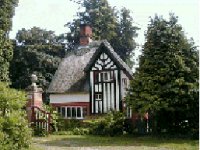
Park Farm
Possibly dating from the 16th century, this attractive timber-framed and originally thatched farmhouse, altered in the early 1900s was demolished in 1954, to make way for a new property that housed the estate manager. All that remains today is the distinctive yew trees either side of the gate, now hidden within the hedgerow.
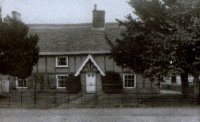
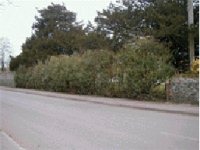
Park Farm Barns
Information and details to follow

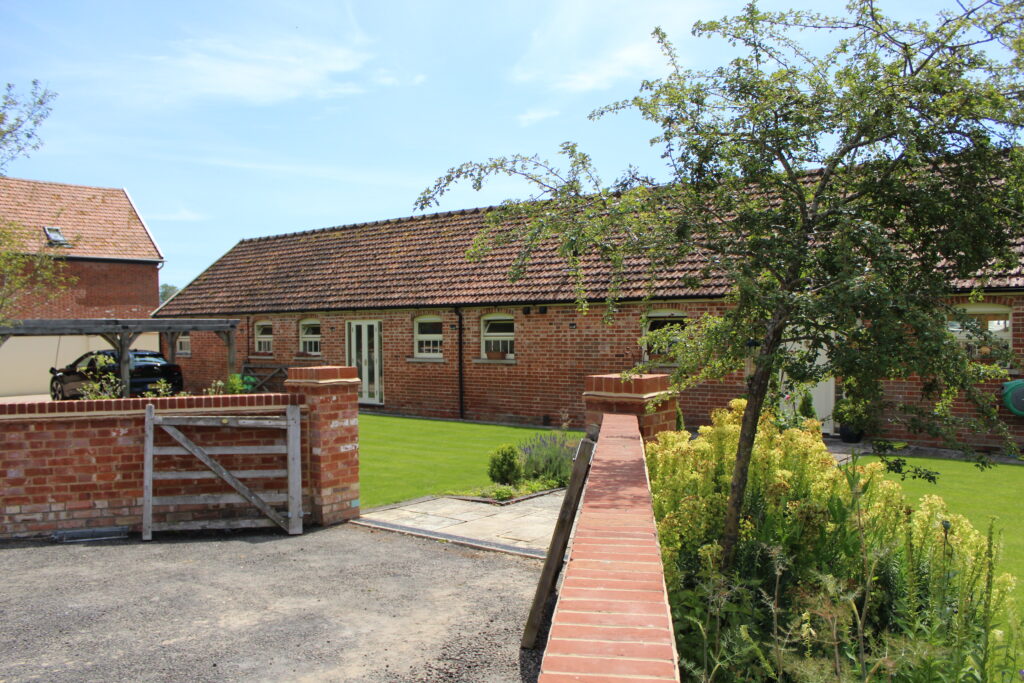
Porters Lodge
A knapped flint lodge built in the early 19th century, originally consisting of just two rooms, with a slate roof. The property was extended in the same style in the latter half of the 19th century to include a second hearth. The lodge, also once known as Avenue Cottage, was sold into private ownership in 1986 and the present owner has added a two-story extension to the rear and a conservatory to the side.
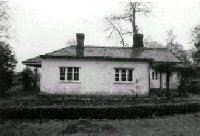
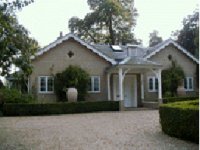
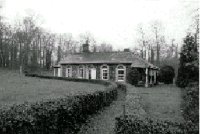
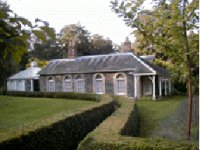
Post Office
Built in 1747, this timber-framed and thatched cottage has a two-story victorian extension to one side that was used as the village shop and post office for over 100 years. The dormer window in the front replaces the one that would have been in the side gable.
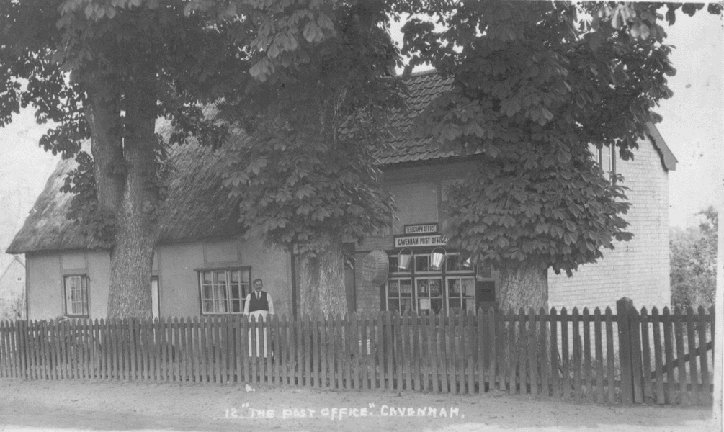
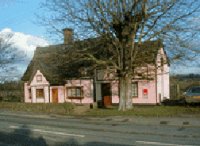
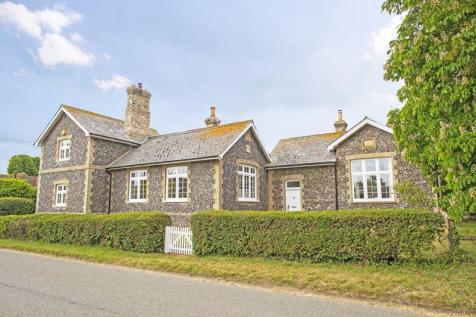
School House
The School House was built by the Cavenham Estate in 1871, owners at that time was Henry Spencer Waddington The original construction was of a single classroom with a two-story cottage attached for the resident teacher. The buildings were of flint with a slate roof and brick ‘dressing’ at all corners and around the windows and doors. It stood on half an acre of ground adjacent to the vicarage (since demolished). A second classroom was added in 1903 to accommodate infants under 5 as numbers had risen and children could not be successfully taught in a single group any longer. The extension allowed for 70 children, records show 35 attended.
In 1928 enrolment dropped to 16. Four of these were from Lark Hall Farm located towards Higham. Accordingly, plans were completed and the Lark Hall children assigned to Higham school while the Cavenham children went to Tuddenham school. Letters were sent out to notify parents officially and the school was closed on March 31st 1929. The building was occupied by estate workers until it went into private ownership in the 1950s.
St Andrews Church
The church was probably built on the site of an earlier Saxon church. The main core of the building dates from about 1200AD, since when it has been altered and improved during different periods of its long history. St Andrews was restored and completely refurnished in 1870. It is a small, humble and rather rustic building. To read more about the history and current details of the Church, please click here.
Teapot Row
Known locally as Teapot Row, probably from the time that one of the cottages was used as a Teashop and one-time post office.
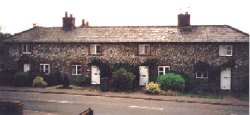
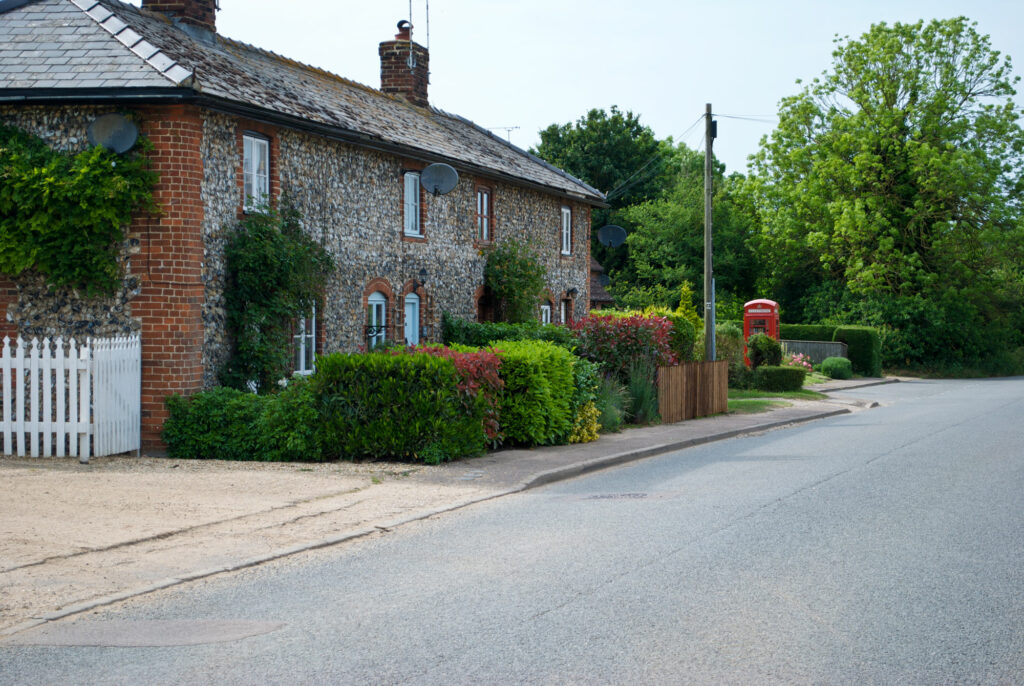
These 18th-century purpose-built cottages are constructed of flint and chalkstone and brick quoins, with a slate roof (probably pantiled when constructed) and were inhabited by agricultural labourers and estate workers. Originally having a single hearth with integral bread oven, they were extended to the rear in the late 19th century. These properties were sold and renovated in the late 1980s.
To the left of this property was the site of The Vicarage first noted in 1250 and demolished in 1947.
The Bothy
Built in 1901 for the Estate gardening boys, the upper floor being a dormitory. The building was used as a chapel in the first half of the 20th Century. This brick and tile house was sold in 1981 and has been extended and improved since.
There was a chapel located on the first floor of The Bothy in the dormitory room, the room consisted of a small organ, about twenty single pews with kneeling pads, the windows had stained glass and there was also an altar rail. The priest came from Bury to conduct mass and were paid for doing so. There was no weekly meeting, mass was performed on special occasions. The chapel ran from 1918 to 1946.
The room to the left was known as the ‘first aid room’, ladies from the village were trained to administer first aid, a dummy, known as Ermintrude was the model that was practised on.
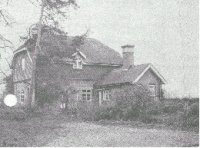
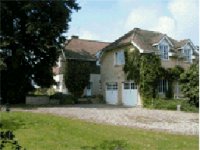
The Plough
A mid-16th-century timber-framed and thatched farmhouse, later a public house known as The Plough.
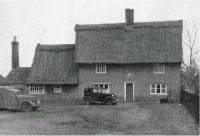
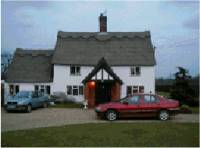
Probably the oldest surviving house in Cavenham, the property has a huge double-sided inglenook fireplace serving two reception rooms, one of which has very fine fluted beams that could have possibly had originally come from a much grander house. Once part of the Cavenham Estate, now privately owned.
The Walled Kitchen Gardens
Once part of the Estate, this 2.25 acre garden was divided into fruit, vegetable and flower areas. A 140ft range of glasshouses with three wings stood on the north wall, these consisted of an orchid house, carnation house, rock fernery (see photograph) and three vineries. The kitchen gardens and orchards were leased to Furslands and Maltby from Bury, immediately after the Goughs bought the estate. All that remains today are the decaying original potting sheds, fruit room and stokehole (used to heat the glasshouses).

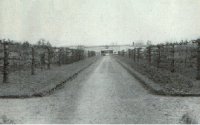
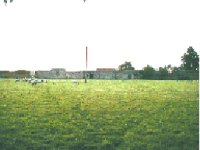
Three Cottages next to Hall Gates
Probably of 17th-century origin, a timber-framed and thatched farmhouse later converted into three dwellings. This building was demolished in the first half of the 1900s. Today, only the flint wall and gates remain.
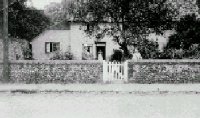
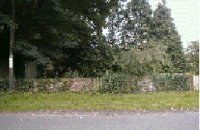
Windmill Cottages
Information and Details to follow
Source: Brian Moles